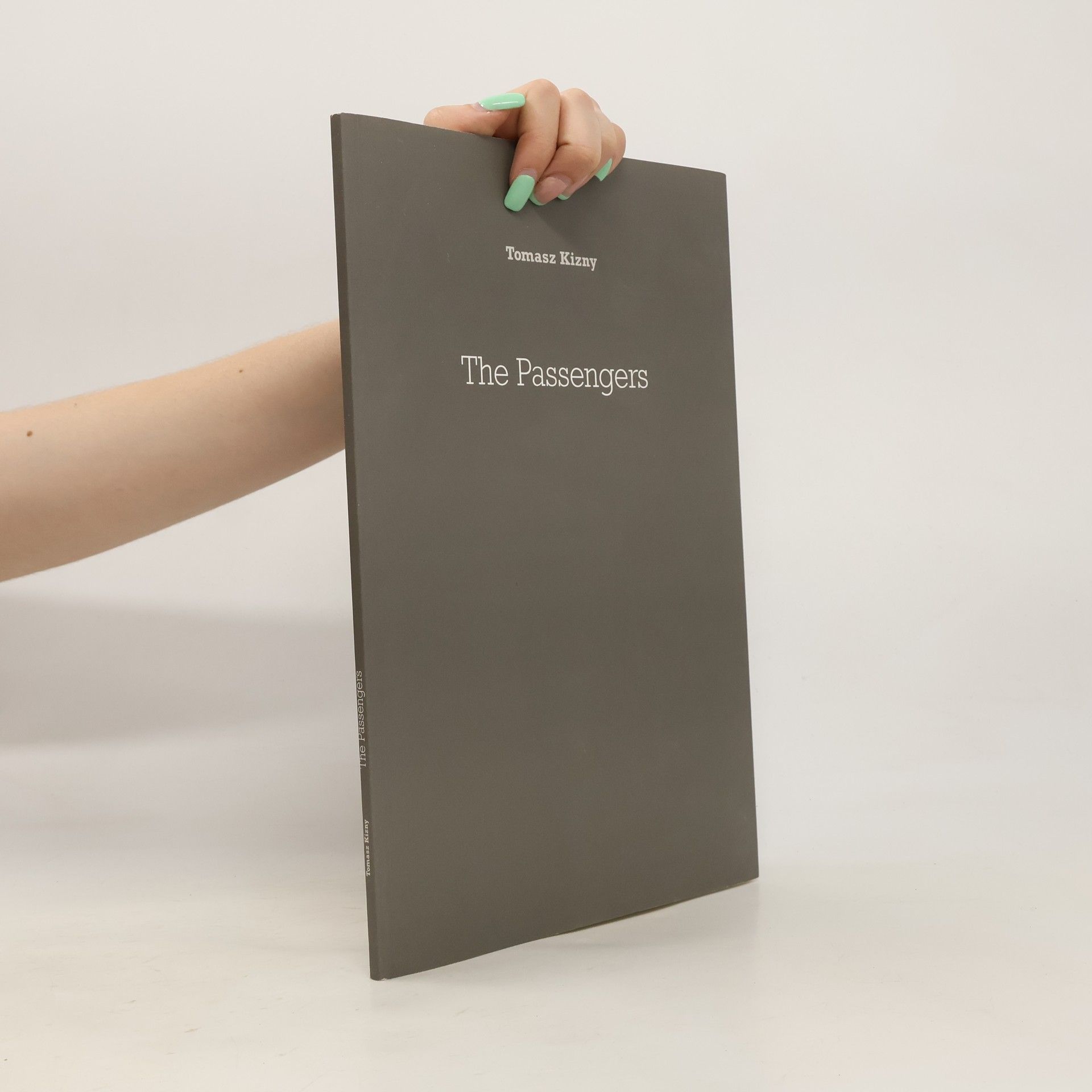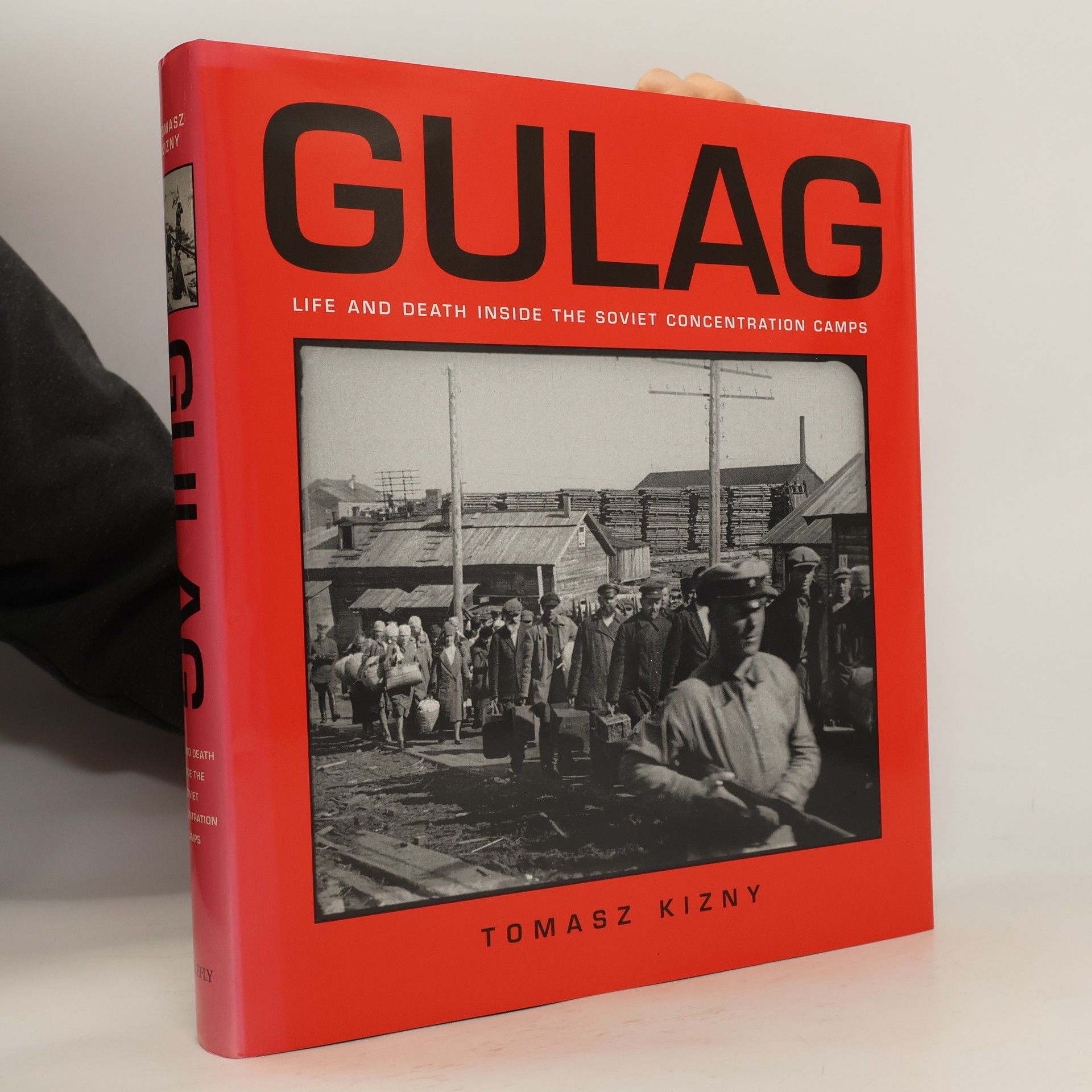Wielki Terror 1937-1938
- 411 stránok
- 15 hodin čítania
W 1968 roku brytyjski historyk Robert Conquest wprowadził termin Wielki Terror dla określenia szczytowej fazy represji stalinowskich pod koniec lat 1930-tych. Nie była to ani pierwsza, ani ostatnia fala terroru sowieckiego państwa wobec własnych obywateli, jednak szczeg�lną cechą Wielkiego Terroru była przede wszystkim jego uniwersalność. O ile dotychczasowe represje dotyczyły określonych grup, warstw społecznych, o tyle w 1937 roku przedmiotem terroru stało się całe społeczeństwo. Terror był totalny także w wymiarze geograficznym, w 1937-38 roku masowe represje ogarnęły cały Związek Radziecki, w wyniku czego aresztowano 1,7 miliona ludzi z czego 750 000 rozstrzelano, a w następnych latach, jak oceniają historycy, dodatkowo 350 000 z liczby aresztowanych, zmarło w łagrach. Książka składa się z trzech części. 1. Skazani. Fotografie ofiar terroru zrobione przez sowiecką policję polityczną NKWD w moskiewskich więzieniach w latach 1937-1938, na kr�tko przed egzekucją. Ten bezprecedensowy portret zbiorowy społeczeństwa w czasie terroru, obejmuje wszystkie warstwy społeczne: począwszy od bezdomnych, przez robotnik�w, chłop�w, inteligencję, kler, urzędnik�w, kadry wojskowe, aż po wysokich funkcjonariuszy partyjnych, państwowych i organ�w bezpieczeństwa. Najbardziej wyrazisty i przejmujący wizualny dokument zbrodni sowieckiego komunizmu.


